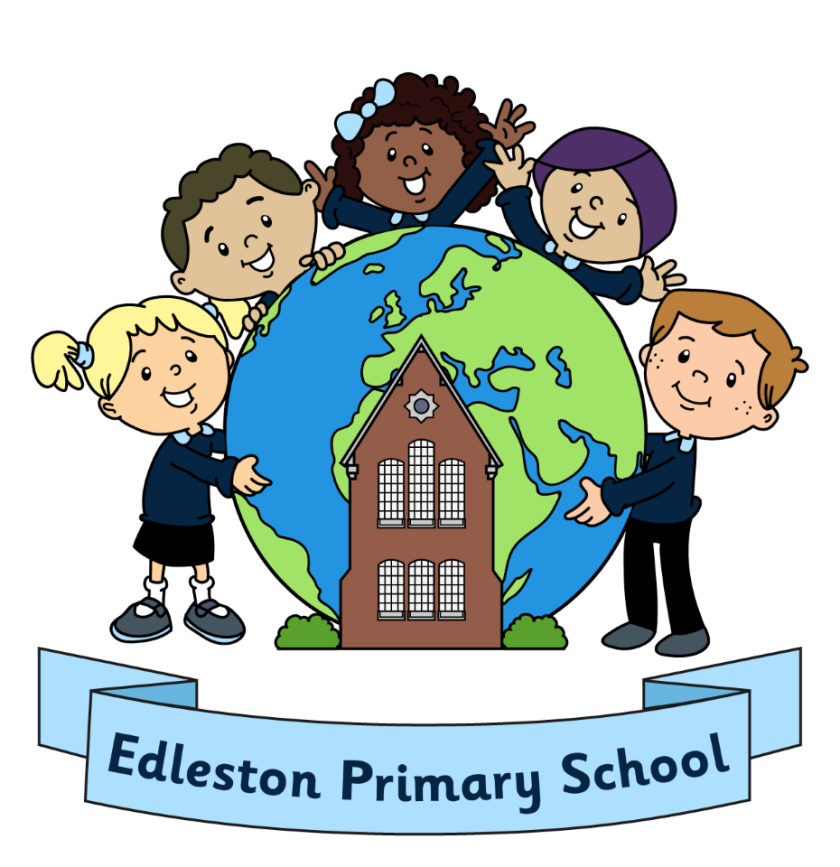Art
Intent
At Edleston Primary we believe that high-quality Art lessons will inspire children to think innovatively and develop creative procedural understanding. Our Art curriculum provides children with opportunities to develop their skills using a range of media and materials. Children learn the skills of drawing, painting, printing, collage, textiles, 3D work and digital art and are given the opportunity to explore and evaluate different creative ideas. Children will be introduced to a range of works and develop knowledge of the styles and vocabulary used by famous artists. The skills they acquire are applied to their cross-curricular topics, allowing children to use their art skills to reflect on and explore topics in greater depth.
At Edlestonl, all children will complete three art and design units of learning per year. Lessons are taught over a number of weeks to allow children to acquire a wealth of substantive knowledge as well as learn and embrace new skills. Teachers use Kapow resources, which have been designed by a set of highly skilled artists, to inform the planning and delivery of rich, fulfilling and fun lessons.
Children will examine the key elements of line, colour, texture, shape, form, tone and pattern. A wide range of mediums and materials are used, including collage, textiles, painting, drawing, printing, sculpture and ICT. Children are taught skills to enable them to use their imagination to express and communicate ideas, thoughts and feelings. Knowledge organisers are shared with children and referred to throughout lessons to help secure understanding, enhance confidence and promote independence.
It is paramount that artwork be purposeful; be this as a means of expression or to explore the styles of other artists that inspire our own work. Pupils should be clear what the intended outcomes are and have a means to measure their own work against this. In Art, children are expected to be reflective and evaluate their work, thinking about how they can make changes and keep improving. Children are encouraged to take risks and experiment and then reflect on why some ideas and techniques are successful or not for a particular project.
Implementation
As a school and in accordance with the National Curriculum’s expectations, we aim to ensure that all pupils:
- Produce creative work, exploring their ideas and recording their experiences.
- Become proficient in drawing painting, sculpture and other art, craft, and design techniques.
- Evaluate and analyse creative works using the language of art, craft, and design.
- Know about great artists, craft makers and designers, and understand the historical and cultural development of their art forms.
The art curriculum shows clear progression and depth. In the Reception/ Foundation two Early Years Foundation stage curriculum Art and design is under the section Expressing Arts and Design. Children experiment and use a wide range of materials and media linked to their own interests and to our themed learning topics.
Impact
Throughout their Art journey our pupils are involved in the evaluation dialogue and decision making about their work and the quality of what they have produced. In addition, we measure the impact of our curriculum through the following methods: a reflection on standards achieved against the planned outcomes and pupil discussions about their learning including discussions of their thoughts, ideas, processing, and evaluations of work.
Pupil interviews ensure children are able to recall and explain projects and are using the correct vocabulary. Our children enjoy the self-expression that they experience in both Art and Design Technology. They are always keen to learn new skills and work hard to perfect those shown to them. The children’s art is very often cross-curricular and helps them to express feelings and emotions in art, as well as show their knowledge and understanding in history, geography, and science.
